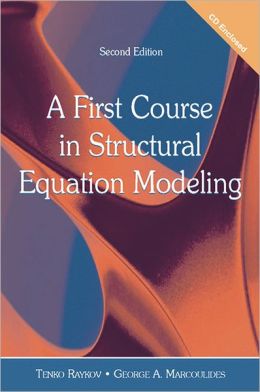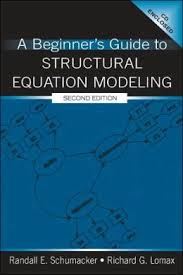SAP2000 V16 Enhancements
|
Significant enhancements included in SAP2000 v16.0.0, besides bug fixes:
Improved graphics performanceDisplay of multiple grid systems at the same time
New steel frame design code AISC 360-10
New steel frame design code NTC 2008
New concrete frame design code ACI 318-11
New concrete frame design code NTC 2008
New concrete frame design code NZS 3101-06
New concrete frame design code RCDF 2004
New concrete frame design code Hong Kong CP 2013
Enhanced beam-column capacity check for concrete frame design using Eurocode 2-2004
Stiffness modifiers from the AISC 360 steel frame design direct analysis method are now available in the database table for assigned frame property modifiers
New wind, seismic, and response-spectrum lateral loads for code IBC 2012
New wind lateral loads for code AS/NZS 1170.2-2011
New wind, seismic, and response-spectrum lateral loads for code NTC 2008
New wind, seismic, and response-spectrum lateral loads for codes TSC 2007 and TS 498-97
New response-spectrum lateral loads code AASHTO 2012
New assignment to control area loads transferred to frames
New hybrid U-girder frame section property
New built-in ASTM bridge steel materials
Chinese concrete material and design updated to use characteristic strength rather than grade
New link property for modeling triple-pendulum bearings
External tendons can now be modeled under user control
Plotting of tendon loads, losses, and axial-force response has been enhanced
Ground displacement loading now applies to single-joint links, including distributed spring supports, as well as to springs and restraints
Multiple mass sources can be defined for modeling alternative dynamic behavior
The undeformed shape can now be viewed for various stages of staged construction load case without running the analysis
Response output for staged-construction load cases now is labeled with the stage and step within the stage
Shear stress, von Mises stress, and principal stress response is now available for certain frame sections
Shell stresses can now be displayed normalized by material strength
Bearing pressure on shells from area springs can now be displayed
Display of frame-design D/C ratios can be limited by a specified threshold value
Verification suites are now provided for steel and concrete frame design by most codes
New Open API functions to define section-cuts
New Open API functions to define external load cases for frame results
New Open API functions to get detailed steel frame design results for certain codes
Customizable keyboard shortcuts for menu commands
Support for the import and export of files using the IFC 4 format
Licensing will now support web-activation and virtual servers
Simplified installation using the CSI Installation Wizard
Other minor enhancements
SAP2000 16.0.0, Computers and Structures, (2014)


.jpg)
















